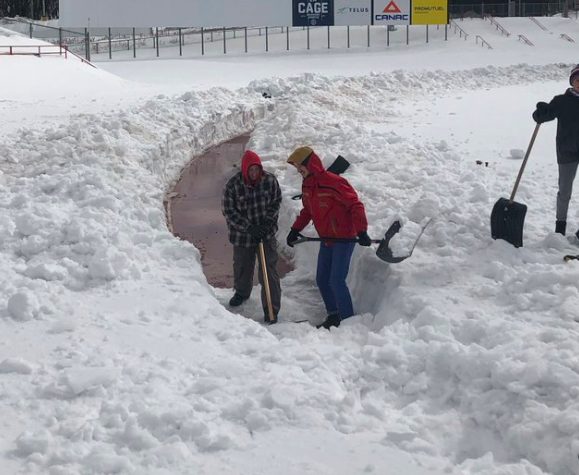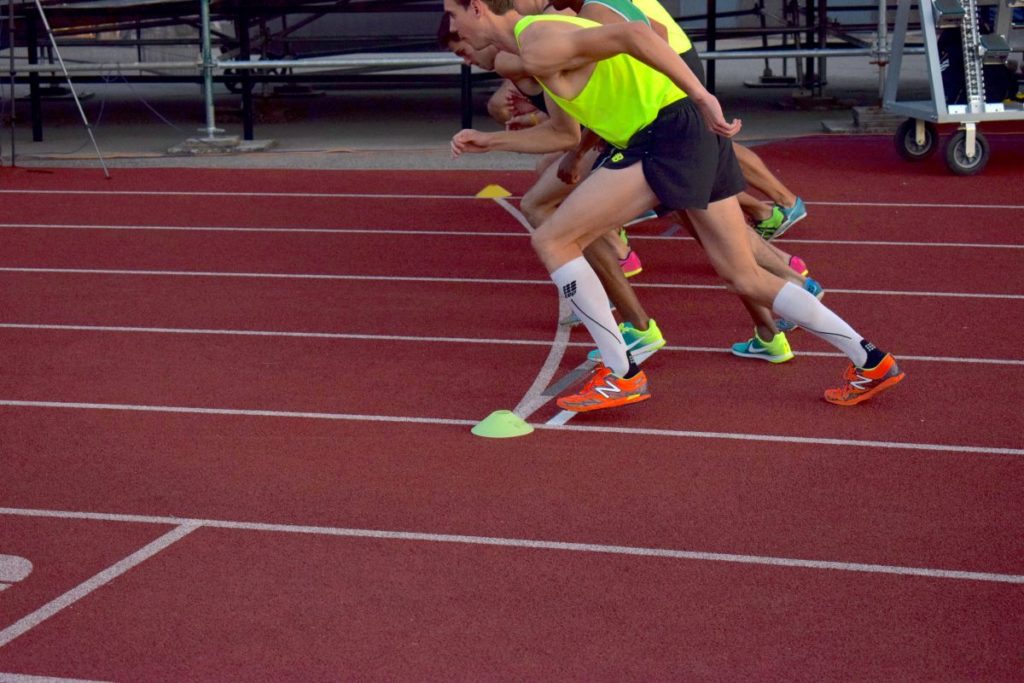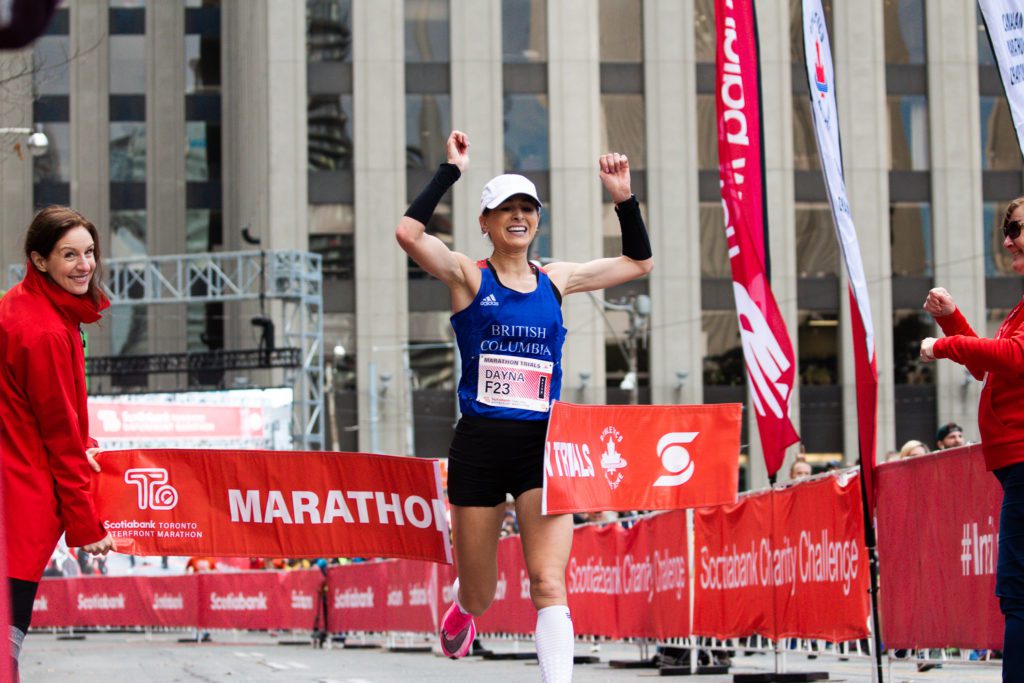What the spring racing season could look like for Olympic hopefuls
The 2020 Olympic Games hasn't been shut down, so runners will continue to train

Over the past 72 hours, nearly every North American and European road race that was set to run in April or early May has been cancelled. The spread of COVID-19 is something to be taken seriously, therefore, limiting gatherings of thousands of people is a reasonable step to take. Road races aren’t the only running events affected either. Both the NCAA Indoor and Outdoor Track and Field Championships were cancelled, with looming cancellations across the professional spring season. Despite cancellations and closures, the 2020 Olympic Games haven’t been shut down, so runners will continue to train. Here’s a look at their impending spring season and how they’re safely getting their daily runs in.
RELATED: Coronavirus means no more snot rockets
Unless you’re sick, keep training
As of March 14, Athletics Canada has asked all of their athletes to return home from their training locations (unless they’re permanent residents in the U.S.) and continue to monitor themselves for symptoms.
https://www.instagram.com/p/B9u7WSPHUFS/
If they’re healthy, they’re encouraged to keep training in small groups. Most elite runners normally use public facilities for training that have closed, or had races on the calendar that are now cancelled–so people are getting creative. Over the weekend, Natasha Wodak ran a solo 10K, Rachel Hannah met with two friends for a half-marathon, and the Laval men shoveled their snow-covered outdoor track.
.@universitelaval on comprend les enjeux de sécurité liés à la #Covid19, surtout dans dans les espaces intérieurs du PEPS, toutefois la vie continue, et mes opposants qui s’entraînent pour #tokyo2020 ne s’arrêtent pas pour autant. Désolant de se faire expulser de la piste dehors pic.twitter.com/dGUaKpdSyD
— Charles P.-T. (@Chuck_PT) March 14, 2020
Runners are looking for safe ways to continue to train, because until the Games are cancelled, they’ve been told to keep going.
Small, local races
Currently, it’s looking unlikely that runners will be able to get to the U.S. or Europe for their spring seasons. Instead, if it’s permitted by public health officials, it’s possible that a series of small, local track meets would be run by Canadian clubs (probably without spectators). While this disadvantages runners who were likely to get into races like the Diamond League (which hasn’t been cancelled as of now), it plays to the advantage of runners who wouldn’t have gotten in.

The new dual qualification system means there are two ways to qualify for the Olympics. An athlete can either achieve the standard, or qualify based on their world ranking within the qualifying period. According to the IAAF, the new system is designed to “achieve about 50 per cent of the target numbers for each event through Entry Standards and the remaining 50 per cent through the IAAF World Ranking System.”
A runner’s world ranking is based on points accumulated, and the bigger the meet (Diamond League, for example), the more points they’re able to accrue. Without bonus points for good performances at those big meets, the qualification comes down purely to time. By removing the politicking that goes into finding yourself on the right start line, qualification just got a little more fair.

RELATED: London Marathon postponed to October 4, 2020
A second road trials for marathoners
For the road runners, whose spring races are almost entirely cancelled, it’s possible that there could be a second Canadian Olympic Trials. Tokyo ran their world major marathon with under 200 runners and no spectators, and the British Athletics Association is talking about running their trials (which were set to happen at the London Marathon) on a closed course, without spectators. The original Canadian Olympic Marathon Trials were run in October at STWM.
It’s possible that Athletics Canada sets up a similar event, provided it’s condoned by Canadian public health officials.
RELATED: The new fall racing schedule


